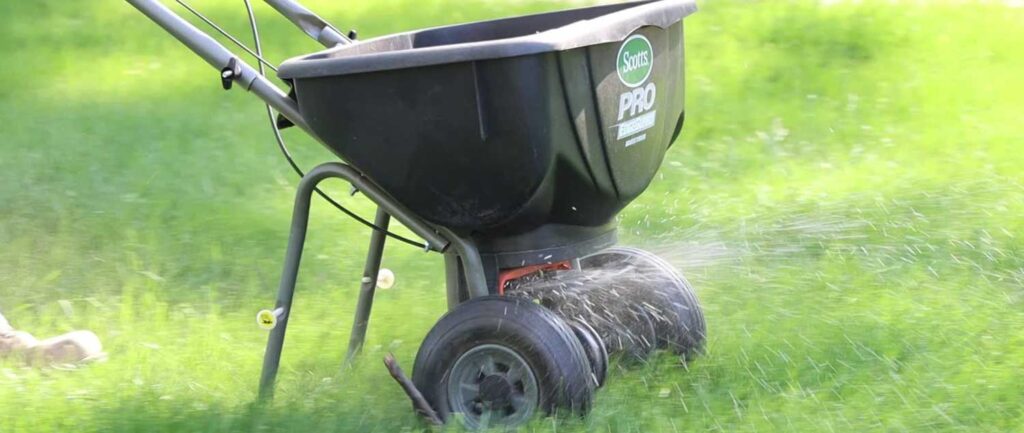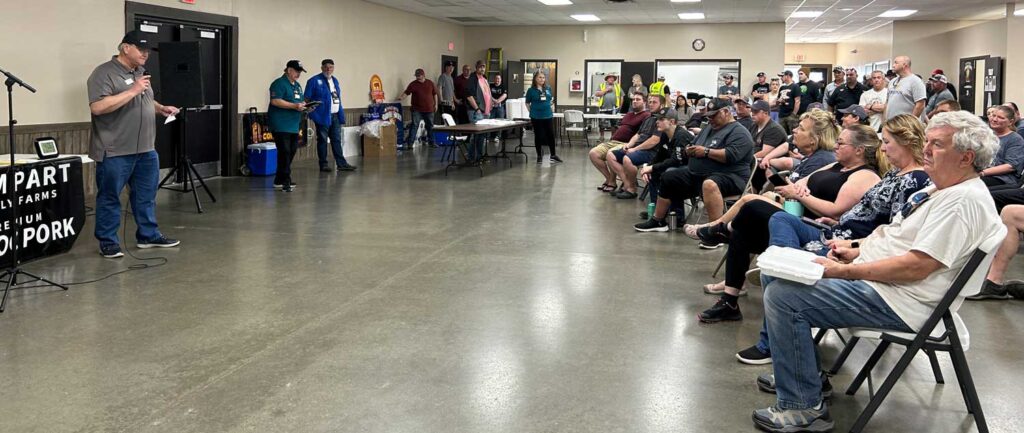This article was written by Minnesota Soybean’s Director of Research David Kee. He can be reached at david@mnsoybean.com or 507-388-1635.
Soybean harvest is running late and growers are running as hard as they can. Soybean prices are not high, and growers know that every decision will impact their bottom line. Seed sales staff have started their efforts to line up product for your 2019 planting decisions. One topic of those sales discussions will be about “seed treatments.” Before you sign up for these “full packages” i.e. seeds and seed treatments, what does your unbiased checkoff funded research results indicate?
In 2016, University of Minnesota Associate Professors Seth Naeve and Aaron Lorenz examined nine seed treatment products that were most likely to be available to Minnesota producers. Seed was treated and entered along with an untreated check into all four zones (13 locations) of the University of Minnesota Soybean Variety Trials, conducted by Dr. Lorenz. Varieties used were appropriate for the four zones. In those studies, seed treatments did not statistically affect soybean yield (Figure 1).
Figure 1: Seed treatment impact on soybean yield across 13 Minnesota locations in 2016.
In 2017, Naeve examined how fungicide and insecticide seed treatment impacts soybean yield, across two drainage and three tillage regimes at one location (near Wells, Minn.). Again, he found no statistically significant impact on soybean yield due to seed treatments (Figure 2, note columns with the same letter [C] above are not significantly different).
Figure 2. Collected across multiple tillage and drainage arrangements, seed treatments (either fungicide or insecticide) did not significantly increase yields, statistically. A foliar fungicide, Priaxor, applied at R3 did increase yields (72.7 vs 68.0 bu per acre).
What does the unbiased research results mean? Using treated seed, prophylactically, will not work everywhere. For example, neonicotinoid seed treatments are effective in controlling soil borne insects such as corn rootworms when planting in soils that had either high levels of manure applied, following conservation planting or into pasture ground. Neonicontinoids are not effective on soybean aphids in Minnesota. By the time the aphids appear on the plants, the chemicals from the seed treatment are no longer in the plant at levels that can effectively control them. If the insects are not there, you just made the seed company money and you have started down the path that leads to resistance development.
Insecticides may be helpful with soybean aphid control when planting soybeans late, such as a double cropped land following edible peas. However, if planted on time, the dosage level in the soybeans at the time of soybean aphid exposure will be sublethal, a.k.a. ineffective. Worse yet, it will contribute to the development of resistant soybean aphids.
Fungicide seed treatments have been shown to be helpful when planting in cool to cold, damp soils, especially those sites with a history of seedling disease. However, if soil conditions are not cool, or the pests are not present, seed treatments will fail to improve yield. In addition, not every seed treatment is effective on every pest/pathogen. If your crop is not being planted in those situations favorable to pest damage, seed treatment rarely pays.
Some growers will be tempted to use these products as an insurance policy. It’s tempting to throw it on because a pest or disease may be out there. However, unlike a paper insurance policy, the downsides to prophylactic use are real. Using chemicals that are not needed raises the risk of loss of that from the field to water or neighboring lands, increasing the scrutiny of regulators. The development of resistant pests will cost more money and lower yields later as we are unable to control the pest.
On top of that it’s like buying pet insurance on a stray cat, it’s a waste of money. When there is no yield advantage, you raised your input costs for no real reason. If a stray cat needs a $2,000 surgery, a new one can generally be picked up for free.
If you are going to use a seed treatment for pest control, then rotation to the next tool should be included in your overall management plan. Excessive use of seed treatments, or any pest control agent, will lead to the development of pesticide resistance. Resistance management is reality, not a distant drumbeat on the horizon. Are you accounting for the use of seed treatments in your pesticide rotation? If not, guess what’s around the corner?
There are going to be times when you need a seed treatment. There are also times when you do not. Like any other decision on your farm, growers need to do what is best for their individual farm. This decision should not be made by a regulator in St. Paul, nor by a company executive that has never been on your farm. Proper stewardship of these tools rests with the farmer. It is the farmer that is going to face the consequences of regulation or resistant pests later, and they should be making these decisions now.









